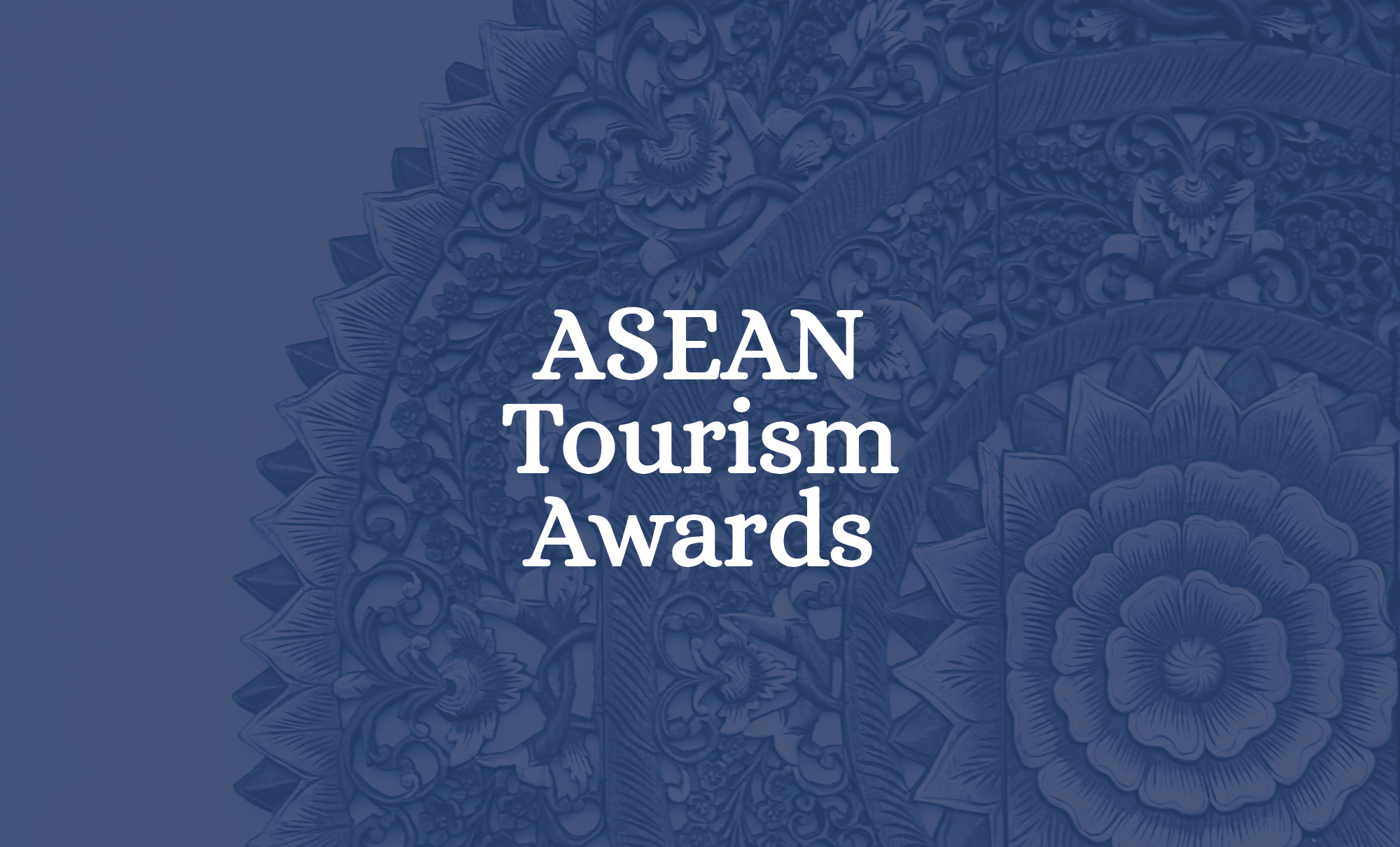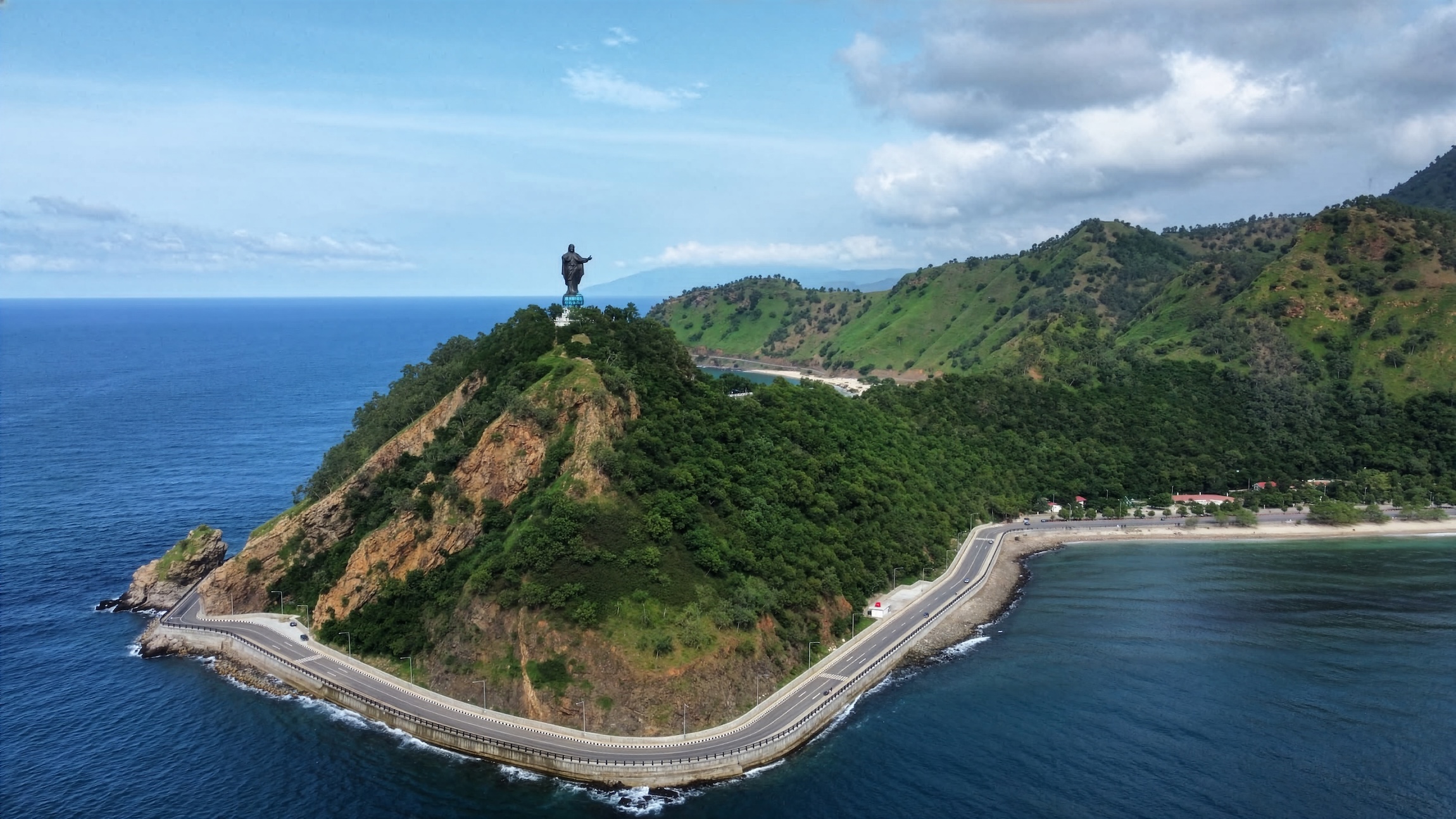



Peatlands are the most extensive freshwater wetland ecosystem in the ASEAN region. They cover an estimated 23 million hectares of land (ASEAN Peatland Forests Project, 2014) and are found in all ASEAN Member States except Singapore.
ASEAN’s peatlands represent 40 percent of the known tropical peatlands and six percent of all peatlands worldwide. Indonesia has the largest peatland area, followed by Malaysia.
Peatlands are unique wetland ecosystems, where partially decomposed organic matter accumulates over thousands of years under waterlogged conditions to form carbon-rich soil, or “peat.” They are considered one of the hidden jewels of our living planet. Most peatlands in ASEAN are naturally forested, and such peat swamp forests can sustain a high diversity of flora and fauna and provide numerous ecological benefits, such as freshwater supply, flood mitigation, climate regulation, and carbon storage.
Peatlands globally are by far the most important terrestrial ecosystem for regulating climate change, storing more than 500 billion tonnes of carbon or nearly twice the carbon in the biomass of all the world’s forests combined. Over the last 10,000 years, tropical peatlands have absorbed billions of tonnes of carbon dioxide, helping to cool the planet. ASEAN peatlands are up to 20 meters thick (the height of a 12-storey building). They can store 10-20 times more carbon compared to forests on mineral soil. Peatlands are the only ecosystem on land that forms fossil fuels—with 100 percent of the world’s coal and a portion of the gas and oil deposits being formed from peat over millions of years.
The Challenges
Sadly, over the past 40 years, ASEAN’s peatlands have faced severe degradation driven by economic activities ranging from logging to agriculture and plantations, as well as infrastructure and mining. As a result, more than 60 percent of peatlands have been degraded and more than 5 million hectares have been burnt. This degradation has released the stored carbon, so that peatlands have changed from a carbon sink to a major emission source. Peatlands in Southeast Asia store about 70 billion tonnes of carbon, approximately 14 percent of the global peat carbon store. However, peatland degradation in ASEAN releases about 1.5-2 billion tonnes of carbon dioxide (CO2) per year, equivalent to 5 percent of global fossil fuel emissions, contributing to global climate change.
The root cause of the degradation is the draining of water from naturally waterlogged peatlands. In their natural state, peatlands are 90 percent water and 10 percent organic matter by weight (there is a similar amount of solid matter in a glass of milk compared to an equivalent glass of peat). Peatlands act as massive sponges—absorbing water in the wet season and releasing it slowly in the dry season—regulating water flow and preventing floods. Drainage, for logging, agriculture, or other developments, dries out the organic matter that makes up the peat, which then decomposes and oxidises, releasing the carbon back into the atmosphere as CO2. The drying of the peatlands also makes them susceptible to fire. Once fires start, they can burn for months until the dried peat is all burnt. The unsustainable practice of using fire for land clearance has led to extensive and persistent fires during dry weather, becoming the source of about 90 percent of transboundary smoke haze in the southern ASEAN region. This is recognised as one of ASEAN’s most important environmental challenges and has a severe impact on our health and socio-economic development.
Peatlands are also vulnerable to climate change. The main impacts are expected to be increasing temperatures by up to 2.5°C by the end of the century and a reduction in dry season rainfall. These two factors combined will lead to more rapid drying of peatlands and more extensive peatland fires—leading to more greenhouse gas emissions and exacerbating climate change.
Simple Solutions
Fortunately, the solution to peatland degradation in theory is relatively simple: stop the further drainage of peatlands and rehabilitate the degrading areas by restoring natural water levels or “rewetting” the peatlands. With increased water tables, the risk of peat decomposition and fires decreases and peatlands can recover and start storing carbon again. These same measures will also make the peatlands more resilient to future climate change and improve their function to store and supply water and prevent floods, which are key measures to assist in the adaptation to climate change. Unfortunately, in practice, it is not so easy as many peatland areas have been converted to actively used agricultural and plantation land. And for other areas which have been degraded and abandoned, there is no one willing to spend the money to restore them.
ASEAN Approach to Tackling Peat Degradation
Despite the challenges, there has been substantial progress in ASEAN in slowing, and in some cases reversing, the degradation of peatlands and building their resilience to climate change through the regional approach. After the large-scale fires and transboundary haze in 1997/1998, ASEAN Member States drafted the ASEAN Agreement on Transboundary Haze Pollution (AATHP), which was signed in Kuala Lumpur, Malaysia in 2002. At the same time, the ASEAN Peatland Management Initiative (APMI) was formulated to enhance partnership in addressing peatland management. This led to the formal adoption in 2006 of the ASEAN Peatland Management Strategy (APMS) for a period of 2006-2020 to guide actions to enhance sustainable management of peatlands and prevent fires and transboundary haze.
The APMS sets out 25 operational objectives and 98 actions in 13 focal areas. Significant progress has been made in implementation with all the actions initiated and National Action Plans on Peatlands (NAPPs) being implemented in five Member States. The APMS is currently being formally reviewed to consider an extension until 2030. The review has indicated that good progress has been made in most Member States in promoting sustainable peatland management and focusing on the prevention of peatland fires.
The APMS has stimulated the allocation of more than 50 million US dollars by a range of international partners such as the European Union, Global Environment Facility, and International Fund for Agricultural Development. Currently, the regional programme on Measurable Action for Haze-Free Sustainable Land Management in Southeast Asia is supporting ASEAN Member States to implement the APMS. It is funded by the International Fund for Agriculture Development and is being implemented by the ASEAN Secretariat, Global Environment Centre, and the Center for International Forestry Research. It is supporting capacity enhancement and knowledge exchange and aims to help develop a financing framework of 1 billion US dollars to support sustainable peatland management and fire prevention in the region for the period of 2021-2030.
The ASEAN Guidelines on Peatland Fire Management, adopted in 2016, represent a paradigm shift from a firefighting to a fire prevention approach. The Roadmap on ASEAN Cooperation towards Transboundary Haze Pollution Control with Means of Implementation (ASEAN Haze-free Roadmap), also adopted in 2016, is under review in 2020. The regional frameworks set strategies and targets and provide for regular meetings to review progress and adjust action plans.
Mitigating Climate Change
Indonesia has made a commitment to reduce the intensity of its greenhouse gas emissions by 29-41 percent by 2030 and has rolled out an ambitious national action plan with an emphasis on sustainable peatland and forest management. It established a Peatland Directorate in the Ministry of Environment and Forests in 2015 to implement the new Government Regulation on Protection and Management of Peatland Ecosystems. It set a strict requirement for the maintenance of water levels in all peatlands and required the protection of a minimum of 30 percent of each peatland hydrological unit. It currently oversees the active monitoring of water levels in more than 3.2 million hectares of peatland. Indonesia also established a peatland restoration agency in 2016 to stimulate the rewetting and rehabilitation of 2 million hectares of peatland in seven provinces. In mid-2020, the Indonesian Minister of Environment and Forests approved a long-term National Plan on Protection and Management of Peatland Ecosystems for 2020-2049. Together, these actions constitute one of the most ambitious and successful peatland protection and rehabilitation programmes in the world.
In Malaysia, good progress has been made in multi-stakeholder engagement in the integrated management of peatland landscapes. An Integrated Management Plan for the North Selangor Peat Swamp Forest, which covers more than 81,000 hectares and is critical for the water supply of one of the most productive rice schemes in Malaysia, was developed with the active participation of national, state, and local government, private sector plantations, and local communities. As a result of the strong stakeholder collaboration, peatland fires have been reduced by more than 90 percent and greenhouse gas emissions have also been reduced.
Four actions are recommended for mitigating climate change in tropical peatlands:
a) prevent new emissions from land-use change;
b) restore degraded peatlands to reduce emissions and enhance sequestration;
c) improve management practices to reduce emissions from existing production systems;
d) fire prevention and control.
Rebuilding Peatland Resilience
Future climate change, with increasing temperature and reduced dry season rainfall, will lead to lower water tables and more fires. Therefore, the main climate adaptation strategies are similar to mitigation strategies and involve the maintenance and enhancement of peatland water levels in natural and utilised peatlands, as well as fire prevention and control. If peatlands are well managed, they can also help to offset other climate impacts, such as saline intrusion and flooding.
The Climate Adaptation in Wetland Areas Project has supported measures to enhance the resilience of Beung Kiat Ngong peatlands in Champasak Province, Lao PDR, as well as local communities to climate change. The project used an ecosystem-based adaptation approach, whereby the ability of the peatlands to buffer local peoples’ livelihoods against climate change impacts has been safeguarded through a combination of improved planning and governance conditions, direct investments in climate change adaptation measures and livelihoods strengthening, and support to climate change resilient forms of sustainable use.
Way forward
Peatlands play a pivotal role in regulating climate change. Protection and restoration of peatlands can reduce emissions and enhance resilience to future climate change. An integrated approach is imperative to link protection and sustainable use, and to enhance peatland ecosystem services. Member States must be united to work towards incorporating peatland conservation strategy in national policies and plans, encouraging a multi-stakeholder and integrated approach to peatland management, and allocating appropriate resources to effectively execute the APMS and subsequent national plans to lower the potential risks from disaster and economic loss resulting from peatland degradation and climate change.
The Global Environment Centre is a Malaysian NGO with expertise in peatland management and climate change. It has been appointed by the ASEAN Member States as the Technical and Operational Support Partner for the ASEAN Peatland Management Strategy 2006-2020.








